The pace of change in online technology is frenetic and dealers need to start thinking now about how they want their site to look in four or five years’ time.
In looking for ways to move the automotive industry forward, many experts have been looking to other industries for inspiration – high street retail and the insurance industry have both attracted attention because of how they efficiently guide customers to the right products.
However, not every technological innovations may benefit car dealers’ websites.
Julian Perry, managing director, Denison Automotive, said his business would be taking a “pragmatic approach” to online developments within the automotive industry: “The pace of change in the automotive industry has not been rapid thus far and I’d fully expect there to be an evolutionary, rather than revolutionary, progression in the coming years.
“I don’t think we’ll see ground-breaking developments, simply more dealers choosing to interact with their customers online more effectively and offering more out-of-hours services.”
Looking four to five years into the future, Denison Automotive director Tessa Denison suggested a personal shopper-style function may be offered to customers, with 3D tours and the ability to create an image of a configured car on your driveway among the possibilities.
“We’ll see efforts made on websites to ensure people get as good a picture as possible ahead of their purchase”
Tessa Denison, Denison Automotive
Denison also predicted a rise in the popularity of online tools such as Mazda’s MyWay service, which allows customers to book a test drive online and then have the car delivered to their home.
She said: “One of the main shortcomings of any online offering is that people don’t get the chance to truly explore the product. I think we’ll see efforts made on websites to ensure people get as good a picture as possible ahead of their purchase.”
Some currently fashionable elements of dealer websites will make way for new innovations, according to Lauren Cooke, marketing manager at Bluesky Interactive. She said: “We may see the end of homepage banners or, at least, the end of offer-focused banners.
“Dealers are already realising that focusing on one offer alienates other people, who aren’t in the market for that style of car or that service.
“We are already producing websites that dare to ditch the banners and replace them with big calls to action – with search options front and centre – or send aftersales or car- buying traffic to their relevant website sections.”
Harwoods: then and now
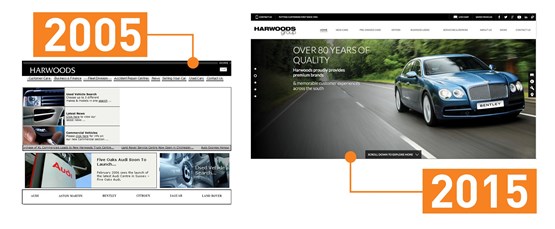
Harwoods was ahead of the game in 2005, with SEO-friendly updates, but it has added multimedia, live chat and valuation tools to its
visually rich 2015 version.
Cooke said Bluesky also anticipates that websites will commonly respond to user preferences automatically drawn from previous web searches. Customers who have previously searched for finance will have finance offers presented above others, for example, whereas visitors who prefer aftersales services can be remarketed with deals upon returning to the website.
Tim Smith, group strategy director at GForces, an internet software and services specialist, agreed. He said: “Whatever their physical appearance, websites will be created firmly based on interaction data, and not the whim of a designer.
“By using this data intelligently and pooling millions of dealer website visits, it’s possible to work out the ‘propensity to enquire’. That is to say, we will have a clearer idea of what drives customers to get in contact with a dealer, the things they have looked at and the route they have taken to get to that point. It’s then possible to hone websites to suit.
“Improving the transactional nature of dealer websites will also be a big focus in the coming years. At present, they are very much browsing tools with enquiry points. The actual purchase of a car may be some way off – despite CapGemini Cars suggesting up to 44% of people would be prepared to – but websites will become a tool through which a customer can undertake all of the necessities other than signing the paperwork.”
Marshall Motor Group: then and now
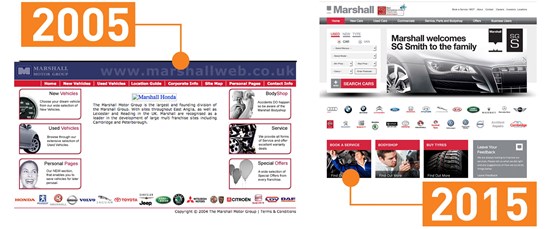
While Marshall Motor Group’s 2005 website did list new and used stock, its 2015 iteration has added search functionality, service booking and tyre ordering and features SEO-friendly news and group
information on the homepage.
Autoweb Design director Peter Fairfield said quality content should remain central to any dealer website, with video, blogs and dealer news still essential.
“Content will continue to grow in importance for car retailer websites. While Google’s algorithm changes are difficult to predict, quality content will always be important and the significance attributed to it by Google is on the rise. Websites with unique copy or regularly updated news areas currently tend to experience improved organic performance.”
Fairfield said the focus of all dealer websites in future should be to facilitate improved online interaction with customers: “Some forward-thinking dealerships are already starting to implement video chat as well as live chat, allowing them to interact directly with customers and offer an enhanced consumer experience. The websites of the future will absolutely involve greater interaction with consumers.”
Stoneacre: then and now

Stoneacre’s website has changed dramatically, from a homepage offering little more than a list of dealer locations, to options including search by model and make, finance information and calculators, and service and MOT booking.
Best practice from other industries
As car dealer websites battle to keep pace with mobile and tablet devices, many website developers were quick to highlight examples of consumer-friendly offerings in other industries.
From mobile phone providers to the world of fashion and insurance, it seems that the highest standards of user friendliness can be found away from the automotive industry.
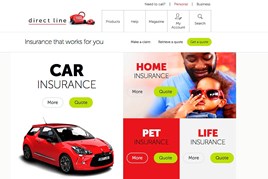
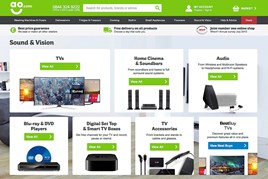 Responding to a recent post on AM-online.com, JS Management director David Hallett, said: “Why not learn from one of the most competitive products on the planet – insurance?”
Responding to a recent post on AM-online.com, JS Management director David Hallett, said: “Why not learn from one of the most competitive products on the planet – insurance?”
Hallett highlighted Direct Line’s online offering, which uses a tablet-optimised design that clearly directs users where to go. He said: “You can see the ‘calls to action’ six feet away from your computer.”
Bluesky Interactive marketing manager Lauren Cooke believes the travel industry’s focus on content and brand-building takes the lead.
“I think travel always has a lot to teach. It’s about data combined with content – they’re experts in building SEO, enticing readers to come back, and building brand,” she said.
Tim Smith, group strategy director at GForces, said the click and collect function that accounts for 36% of John Lewis’s business is something the automotive sector should note.
Julian Perry, managing director at Denison Automotive, is an admirer of AO.com, the online white and brown goods seller, highlighting the site’s usability and straightforward search options for consumers.
Perry said: “AO is a true digital store that puts the customer at the centre of their business.”

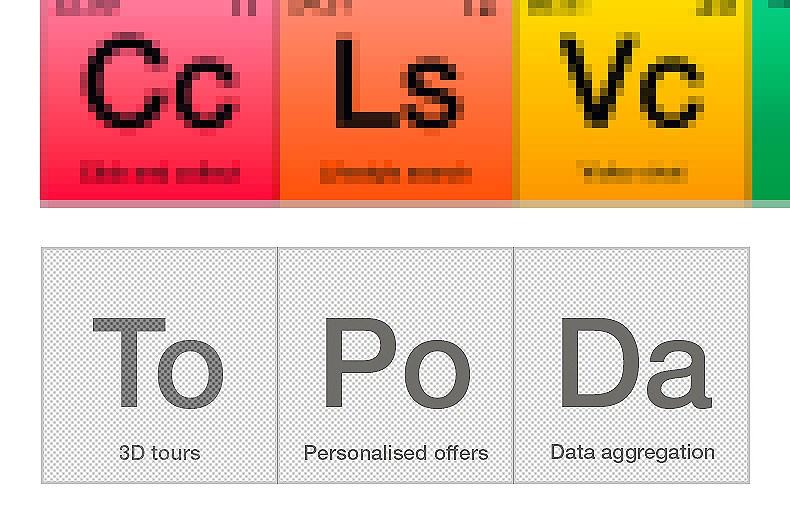












Login to comment
Comments
No comments have been made yet.